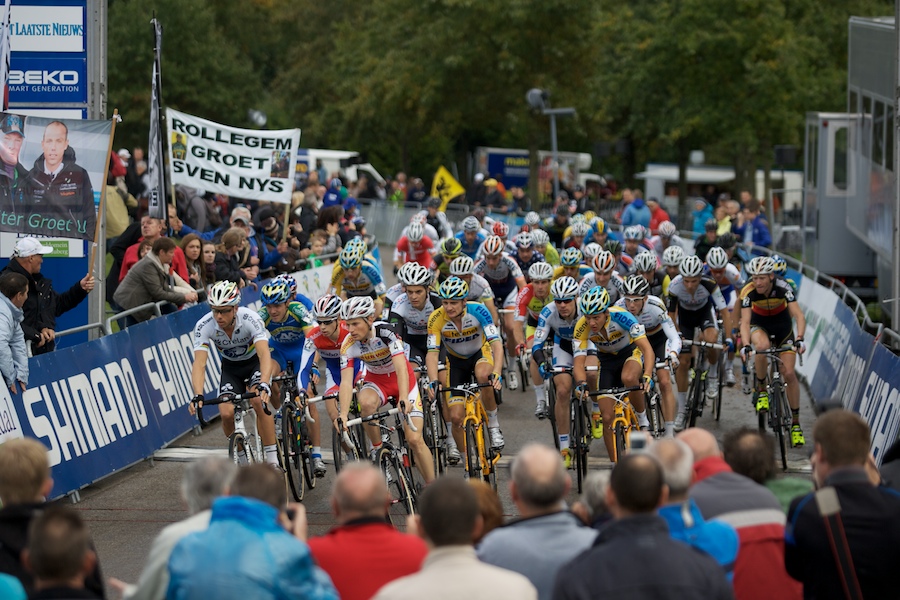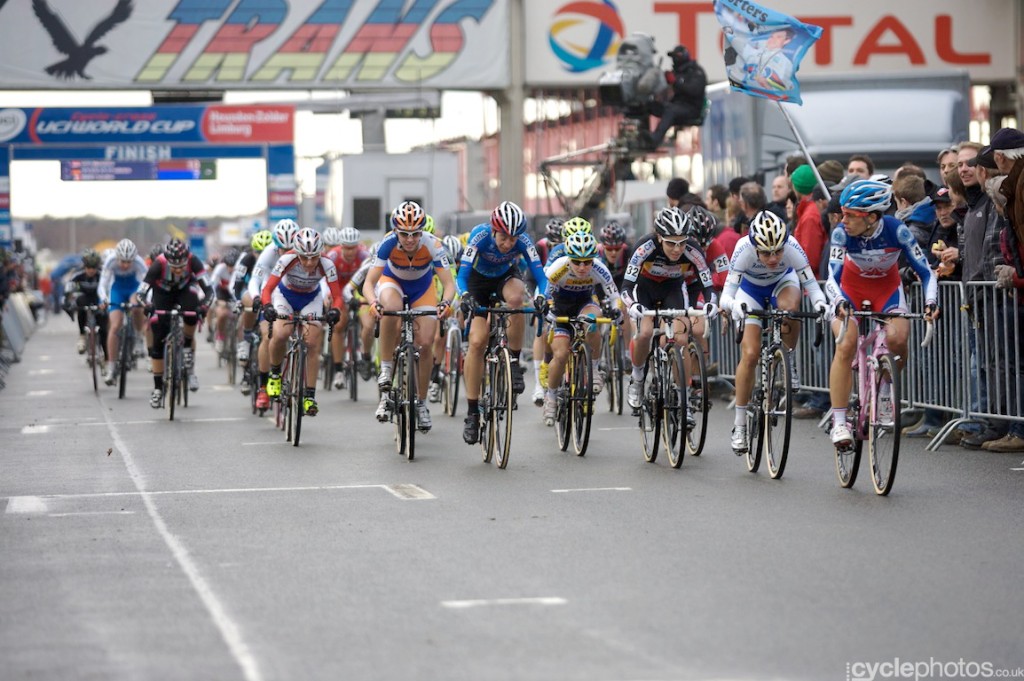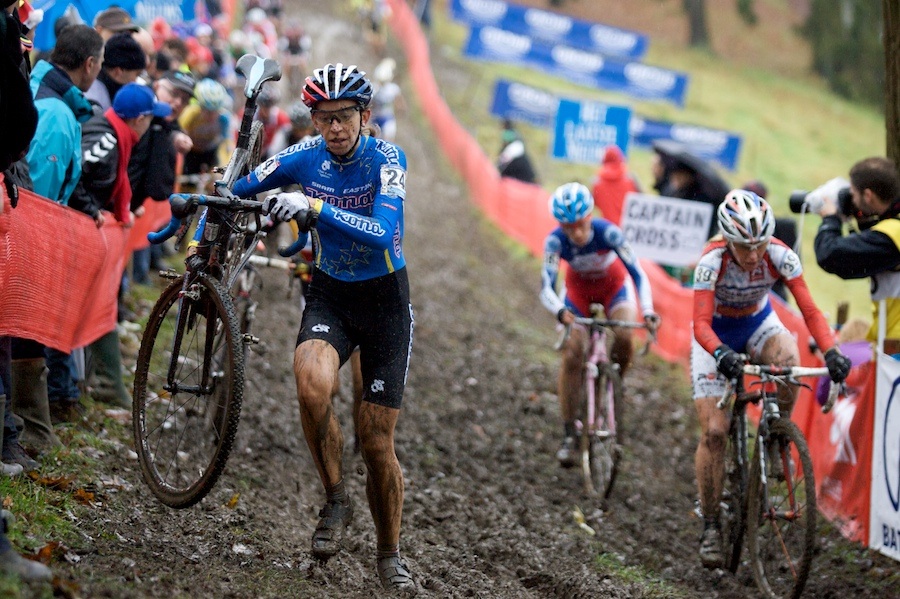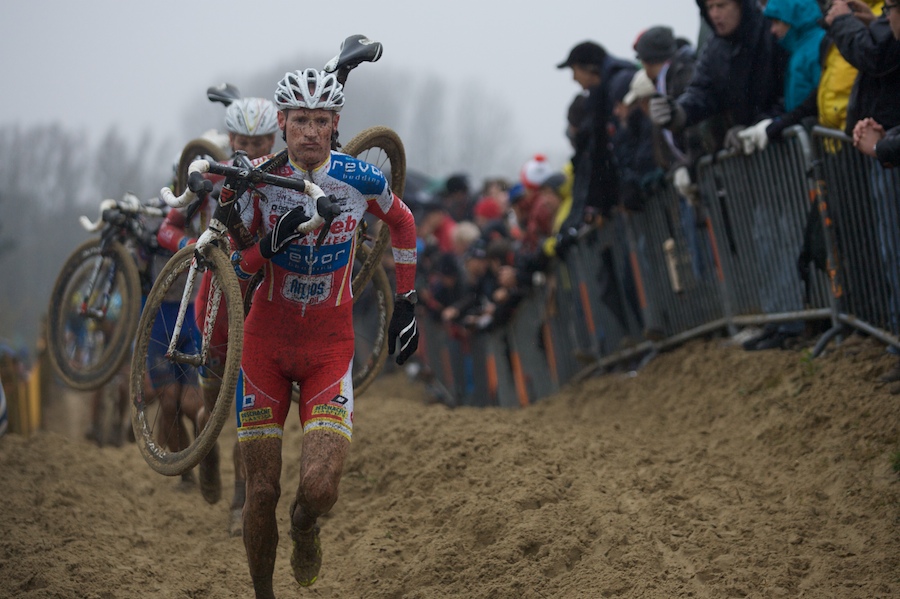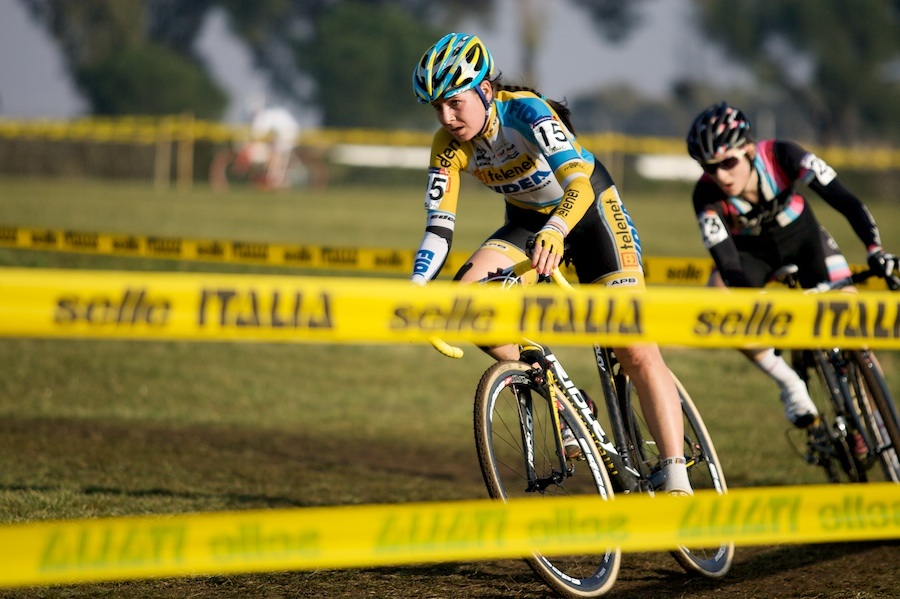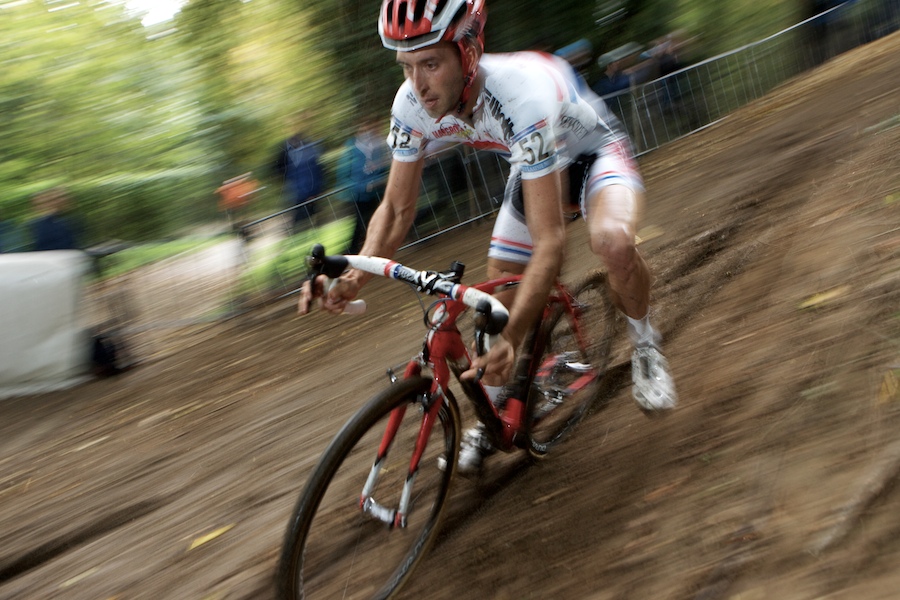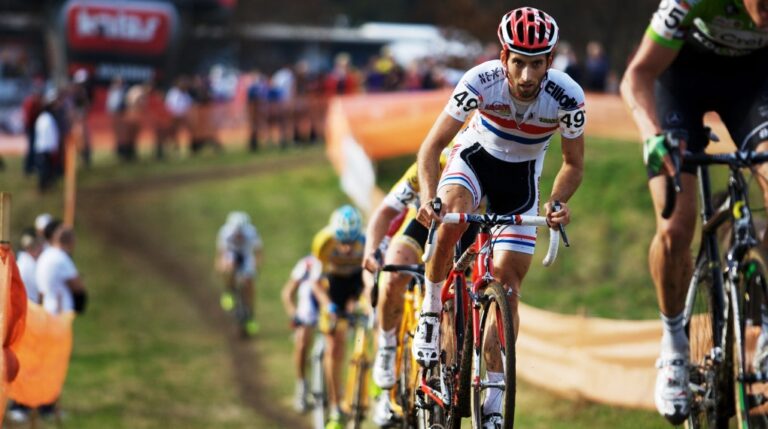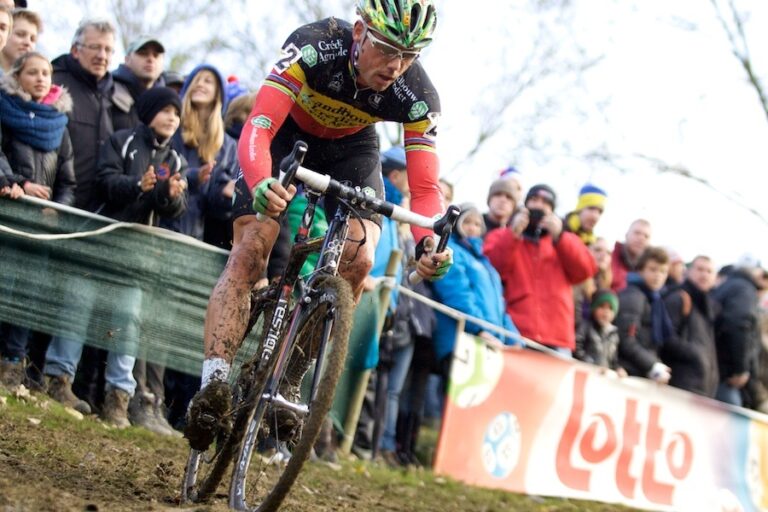Cyclo-cross has become one of the fastest growing disciplines within the UK cycling scene and with the ever increasing amount of newbies taking this sport up it’s important to get to grips with the basics of ‘cross racing.
Our team at Dig Deep Coaching have spent many years learning, practicing and teaching the essentials of cyclo-cross. It’s a discipline which takes time to master but in this three -part series we will cover all of the key areas which you need to learn and develop to become a better ‘cross rider.
Cyclo-cross is one of the most accessible forms of bike racing: it’s fun, frantic and, unlike a road race, no-one gets dropped. Instead the race is spread across the course and everyone is engaged in their own personal battle.
However, there are a number of key skills you need to master if you are to become a competitive cyclo-cross racer and in part one of this series we will run through a number of different techniques to crack, including starts, dismounting and remounting, and when to shoulder the bike.
There are many key cyclo-cross skills which take time to master and one key theme that you will notice runs throughout this article is practice. The old saying of ‘practice makes perfect’ is very true when it comes to cyclo-cross – it’s a discipline in which you never stop learning and there’s always something you can improve on.
